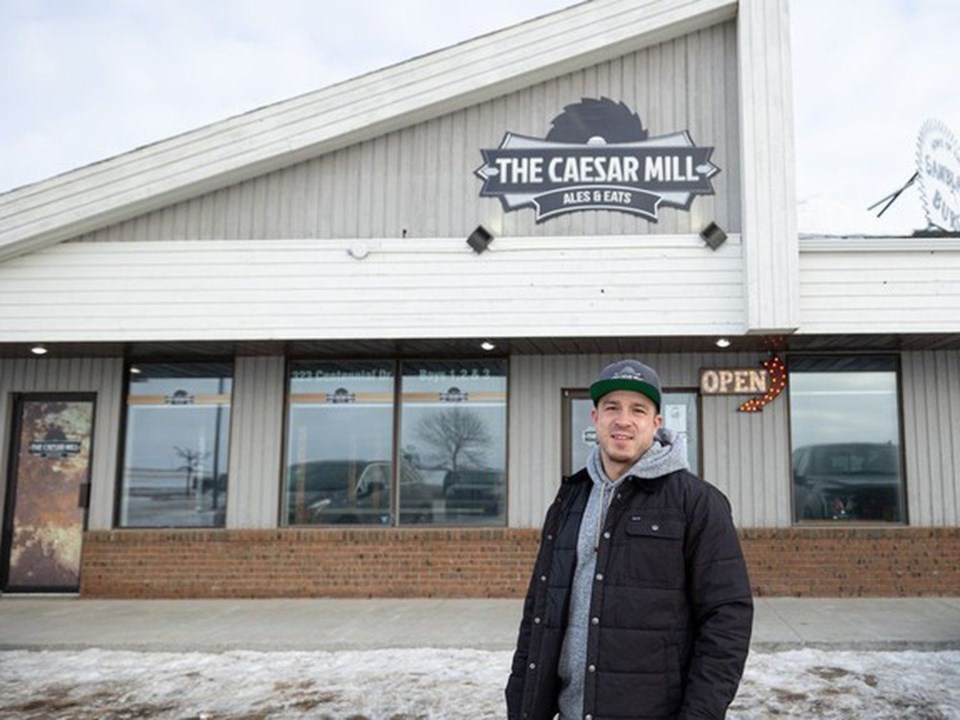SASKATOON - Gary Philipchuk is facing the type of problem — a good one — that comes with being a mayor in one of the fastest-growing cities in Saskatchewan.
The sister cities, Warman and Martensville, for the second-straight census are the two fastest-growing cities in Saskatchewan.
“I think our challenge is to make sure that the provincial and the federal governments understand that with this growth come the challenges and we need that support,” Philipchuk, who is mayor of Warman, said.
Philipchuk envisions new recreation and health care facilities in his thriving community but says there’s need for government funding.
While 43 per cent of the Saskatchewan population lives in either Regina or Saskatoon, according to the census, it’s Martensville and Warman — which are each less than 20 kilometres outside of Saskatoon’s outskirts — that are the province’s biggest growing cities. Between 2016 and 2021, Warman grew 12.7 per cent, while Martensville grew 9.3 per cent.
The growth of the two cities outpaced the province as a whole, which had a growth rate of 3.1 per cent during that same time period.
“I think it’s just affirmation of what we believe — Martensville is a great place to live, invest and grow a family,” said Kent Muench, mayor of Martensville, a city that grew 25 per cent from 2011 to 2016.
“I think we’re pretty excited that our community is actively growing, because with that growth, we do see challenges for sure, but we also see improvements in the quality of life and that’s really what we want.”
Warman was the fastest growing community in Canada in 2016, growing 55.1 per cent, after population rose to 11,020 from 7,104 in 2011. According Philipchuk, the data in the recent census is “a little bit more of a manageable number.”
Philipchuk believes the city is now coming into its own. He points towards the town’s recreation services, including walking paths, bike motocross tracks, a golf course and the recent establishment of the Warman Wildcats — an U18 AAA hockey team.
“I think we attract people right from birth all the way to older age that really makes us unique. We have what people are looking for with the access to some of the best services in the province that Saskatoon offers,” Philipchuk said.
With growth comes challenges. Philipchuk points to the potential need for more schools and improved health care — noting Warman and Martensville are the only two cities in the province without hospitals. There is also a need to increase rental properties within the city.
The two mayors also have recreation top of mind as they prioritize the influx of youth, which include projects such as more hockey rinks and a new aquatic centre. But with those aspirations come the importance of government funding, something that can be difficult for cities their size no matter the growth, according to Muench.
Tyler Cohen is one example of a business owner who has recently taken to the area. He is a co-owner and managing partner of the Caesar Mill in Martensville, a restaurant that opened in November 2017. In those four-and-a-half years, he has seen quite the change in the community, noting a gym, clothing and cannabis retailers and restaurants as examples.
“Everything you need is in Martensville now, which I think is a big shift from what it used to be,” Cohen said. “That might have some draw from outside communities. You’re in an environment with less property taxes, less traffic and obviously less crime.”
“You can drive five minutes and find whatever you’re looking for and if you can’t, it’s 15 minutes to Saskatoon.”
As for exactly why the growth in the two cities, Dr. Abraham Akkerman, a professor in the department of geography and planning at the University of Saskatchewan, notes that none of this growth would be possible without the difference in cost of housing between Saskatoon and the two cities.
“People need shelter and they don’t want to spend an enormous amount of limited funds,” Akkerman said. “I think we will see more of it.”
Having said that, Akkerman believes the future all comes back to supply and demand and expects a relative increase in the cost of housing in Warman and Martensville.
“The latecomers will have to pay much more and the population growth will slow down is my guess and so that to some extent, will take care of itself, because the city will obviously have to raise the cost of its services, maintenance, and ultimately, it will probably project itself in taxes as well.”
When it comes to future growth and where the mayors envision their cities’ growth over the next five years, Philipchuk and Muench are on the same page — this is a manageable increase.
As for Cohen, he’s pleased with where things are at right now.
“It’s a small town with all the amenities, basically.”




